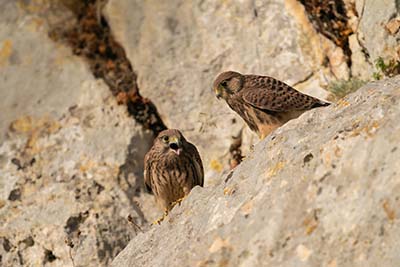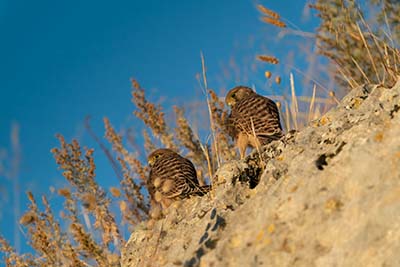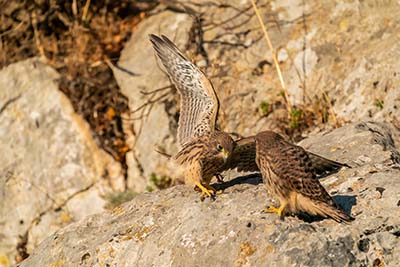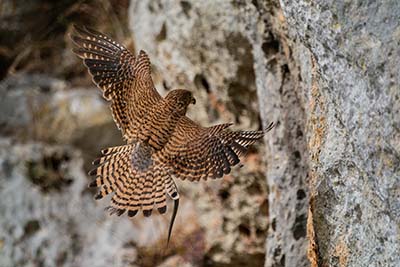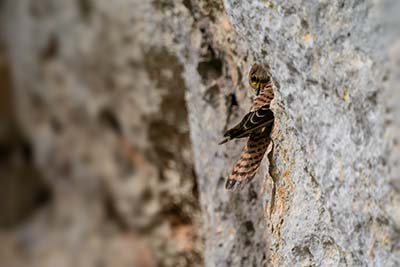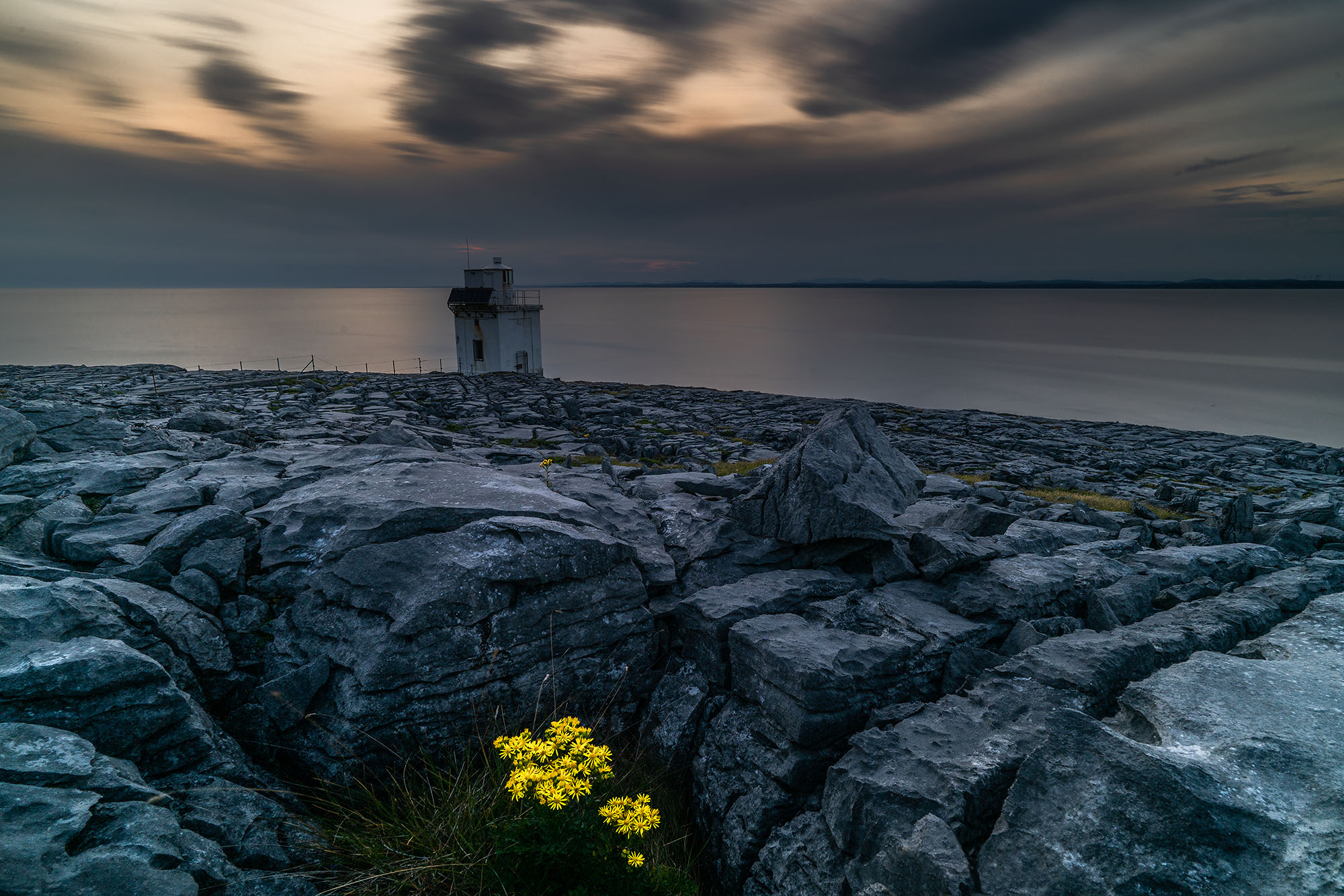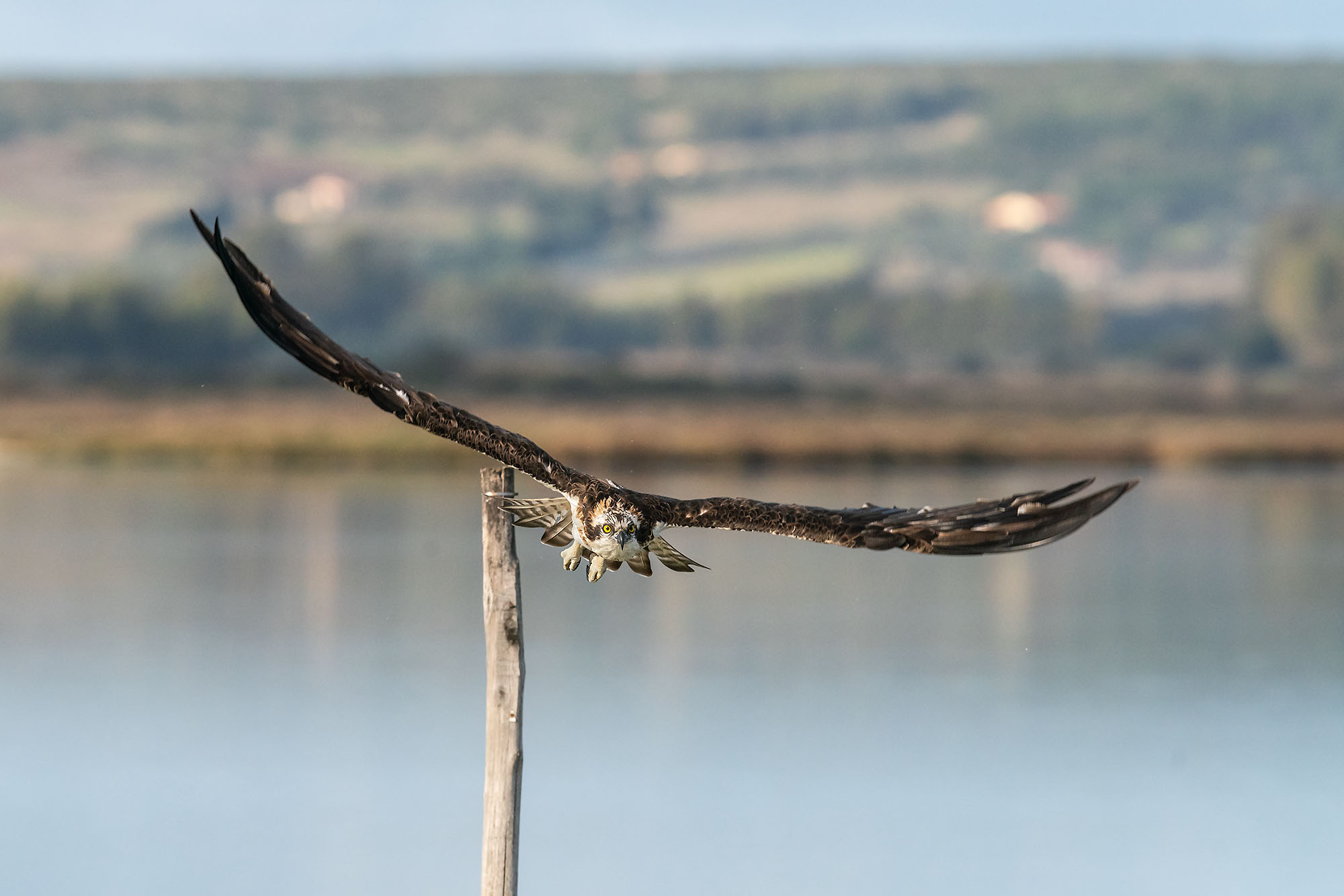Looking for the kestrel
How to photograph the common kestrel
The kestrel has always fascinated me, and with the common buzzard, it's one of my favourite birds of prey. Despite the small size, the common kestrel is a "big" hunter and during the breeding season is capable to hunt a lot of prey for its chicks and for itself. It's incredible how many preys they can hunt in a short time. Then I love them when they hover in flight, it's something of magic, and I'm never tired to watch them.
In this episode of the diary, I want to summarize my Youtube series of "looking the kestrel", where I showed how to photograph the common kestrel respecting their "privacy" and their safety. In situations like that my main aim is to protect the animals and to not get them in trouble in any way, or at least I hope so, even though I know that sometimes it's quite impossible.
Anyway, let's crack on!!
The common kestrel (Falco tinnunculus)
Scientific classification
- Kingdom: Animalia
- Phylum: Chordata
- Class: Aves
- Order: Falconiformes
- Family: Falconidae
- Genus: Falco
- Species: F. tinnunculus
- Binomial name Falco tinnunculus (Linnaeus, 1758)
The common kestrel (Falco tinnunculus) is a bird of prey species belonging to the kestrel group of the falcon family Falconidae. It is also known as the European kestrel, Eurasian kestrel, or Old World Kestrel. They live almost all over the world, apart maybe some minor island.
Common kestrels measure 32–39cm from head to tail, with a wingspan of 65–82cm. Females are noticeably larger, with the adult male weighing 136–252g, around 155g on average; the adult female weighs 154–314 g, around 184g on average. They are thus small compared with other birds of prey, but larger than most songbirds. Like the other Falco species, they have long wings as well as a distinctive long tail.
Their plumage is mainly light chestnut brown with blackish spots on the upperside and buff with narrow blackish streaks on the underside; the remiges are also blackish. Unlike most raptors, they display sexual colour dimorphism with the male having fewer black spots and streaks, as well as a blue-grey cap and tail. The tail is brown with black bars in females and has a black tip with a narrow white rim in both sexes. All common kestrels have a prominent black malar stripe like their closest relatives.
The cere, feet, and a narrow ring around the eye are bright yellow; the toenails, bill and iris are dark. Juveniles look like adult females, but the underside streaks are wider; the yellow of their bare parts is paler. Hatchlings are covered in white down feathers, changing to a buff-grey second down coat before they grow their first true plumage.
Behaviour and ecology
In the cool-temperate parts of its range, the common kestrel migrates south in winter; otherwise, it is sedentary, though juveniles may wander around in search of a good place to settle down as they become mature. It is a diurnal animal of the lowlands and prefers open habitats such as fields, heaths, shrubland and marshland. It does not require woodland to be present as long as there are alternative perching and nesting sites like rocks or buildings. It will thrive in treeless steppe where there are abundant herbaceous plants and shrubs to support a population of prey animals. The common kestrel readily adapts to human settlement, as long as sufficient swathes of vegetation are available, and may even be found in wetlands, moorlands and arid savanna. It is found from the sea to the lower mountain ranges, reaching elevations up to 4,500 m ASL in the hottest tropical parts of its range but only to about 1,750 m in the subtropical climate of the Himalayan foothills.
Globally, this species is not considered threatened by the IUCN. Its stocks were affected by the indiscriminate use of organochlorines and other pesticides in the mid-20th century, but being something of an r-strategist able to multiply quickly under good conditions it was less affected than other birds of prey. The global population has been fluctuating considerably over the years but remains generally stable; it is roughly estimated at 1–2 million pairs or so, about 20% of which are found in Europe. There has been a recent decline in parts of Western Europe such as Ireland. Subspecies dacotiae is quite rare, numbering less than 1000 adult birds in 1990 when the ancient western Canarian subspecies canariensis numbered about ten times as many birds.
Food and feeding
When hunting, the common kestrel characteristically hovers about 10–20 m above the ground, searching for prey, either by flying into the wind or by soaring using ridge lift. Like most birds of prey, common kestrels have keen eyesight enabling them to spot small prey from a distance. Once prey is sighted, the bird makes a short, steep dive toward the target. It can often be found hunting along the sides of roads and motorways. This species is able to see near-ultraviolet light, allowing the birds to detect the urine trails around rodent burrows as they shine in an ultraviolet colour in the sunlight. Another favourite (but less conspicuous) hunting technique is to perch a bit above the ground cover, surveying the area. When the bird spots prey animals moving by, it will pounce on them. They also prowl a patch of hunting ground in a ground-hugging flight, ambushing prey as they happen across it.
Common kestrels eat almost exclusively mouse-sized mammals. Voles, shrews and true mice supply up to three-quarters or more of the biomass most individuals ingest. On oceanic islands (where mammals are often scarce), small birds (mainly passerines) may make up the bulk of its diet. Elsewhere, birds are only an important food during a few weeks each summer when inexperienced fledglings abound. Other suitably sized vertebrates like bats, swifts, frogs and lizards are eaten only on rare occasions. However, kestrels are more likely to prey on lizards in southern latitudes. In northern latitudes, the kestrel is found more often to deliver lizards to their nestlings during midday and also with increasing ambient temperature.[10] Seasonally, arthropods may be the main prey item. Generally, invertebrates like camel spiders and even earthworms, but mainly sizeable insects such as beetles, orthopterans and winged termites will be eaten.
F. tinnunculus requires the equivalent of 4–8 voles a day, depending on energy expenditure (time of the year, amount of hovering, etc.). They have been known to catch several voles in succession and cache some for later consumption. An individual nestling consumes on average 4.2 g/h, equivalent to 67.8 g/d (3–4 voles per day).
Reproduction
The common kestrel starts breeding in spring (or the start of the dry season in the tropics), i.e. April or May in temperate Eurasia and some time between August and December in the tropics and southern Africa. It is a cavity nester, preferring holes in cliffs, trees or buildings; in built-up areas, common kestrels will often nest on buildings and will reuse the old nests of corvids. The diminutive subspecies dacotiae, the sarnicolo of the eastern Canary Islands is peculiar for nesting occasionally in the dried fronds below the top of palm trees, apparently coexisting with small songbirds which also make their home there. In general, common kestrels will usually tolerate conspecifics nesting nearby, and sometimes a few dozen pairs may be found nesting in a loose colony.
The clutch is normally 3–7 eggs; more eggs may be laid in total but some will be removed during the laying time. This lasts about 2 days per egg laid. The eggs are abundantly patterned with brown spots, from a wash that tinges the entire surface buffish white to large almost-black blotches. Incubation lasts from 4 weeks to one month, and only the female incubates the eggs. The male is responsible for providing her with food, and for some time after hatching this remains the same. Later, both parents share brooding and hunting duties until the young fledge, after 4–5 weeks. The family stays close together for a few weeks, during which time the young learn how to fend for themselves and hunt prey. The young become sexually mature the next breeding season. Female kestrel chicks with blacker plumage have been found to have bolder personalities, indicating that even in juvenile birds plumage colouration can act as a status signal.
Data from Britain shows nesting pairs bringing up about 2–3 chicks on average, though this includes a considerable rate of total brood failures; actually, few pairs that do manage to fledge offspring raise less than 3 or 4, but it isn't rare to see them more. Compared to their siblings, first-hatched chicks have greater survival and recruitment probability thought to be due to the first-hatched chicks obtaining a higher body condition when in the nest. Population cycles of prey, particularly voles, have a considerable influence on breeding success. Most common kestrels die before they reach 2 years of age; mortality up until the first birthday may be as high as 70%. At least females generally breed at one year of age; possibly, some males take a year longer to maturity as they do in related species. The biological lifespan to death from senescence can be 16 years or more, however; one was recorded to have lived almost 24 years.
Watching from far
The first step has been to watch them from far. I already knew the spot, because in the past they made the nest in a climbing cliff, and I used to rock climbing, so I saw the kestrel many times. So using my binoculars I checked the cliff from the main road, and day by day I saw that they were interested in the main nest. As you know, raptors can use many different nests in different years, and that couple of kestrels have at least three or four nests in that cliff. The main nest is a big hole in the rock, where it's hard for others animals to reach it, even for humans (fortunately there aren't climbing routes in that part of the cliff). As I said, I used binoculars to watch them, but sometimes I used a spotting scope with 60x of magnification, which allowed me to see better the nest. Always with the spotting scope, I managed to shot some short clips of the kestrel inside the hole.
When I was sure that the kestrel will have used the main nest, I checked where put myself for the photographic sessions: basically, I had to build a photo blind!!
Checking the area
To check the area, at the beginning I always used binoculars, in order to understand better the situation. Then I went to the place, at the top of the cliff, near the nest (not so much, I think to about 20/25 meters from the photo blind) to choose my "blind". Every time I checked the area I was really careful in order to not being seen by the kestrels, an aspect very important in wildlife photography and that many wildlife photographers ignore. This aspect is vital because you need to understand where the kestrel stays during the daytime, or if they use a particular perch (a tree, a rock, or other), to decide where to build the photo blind.
The photo blind
Before choosing my personal blind, basically a tree, I had to check at least two other places: a big tree really close to the nest, but impossible to reach, and another tree below the nest, but with the worst view (from the bottom), so I decided to use the tree on the left of the nest. Thankfully that tree wasn't so dense, so I manage to make a room inside moving some branches and, unfortunately, cutting some others. Finally, I made enough room for me and for the tripod. I couldn't stay sit down, but I needed to stay stand, but it wasn't so hard, even because I had to pay attention every moment, and I could have done only staying stand. Another cons aspect of that tree was that it's on the edge of the cliff, so pretty dangerous, but I couldn't do anything.
The "hardware"
As you know, I'm a Sony user, and what a good occasion to use my Sony A9!! With its electronic shutter, I won't scare the kestrels and with its high burst rate, I'd have captured every moment. The lens was the Sony 200-600G with the Sony 1.4x teleconverter, so I had 840mm of focal length at F/9 as a minimum aperture. Then I used a remote control for the shooting, in order to avoid any shake. Finally the tripod. As usual, I used my "wildlife tripod", a carbon fibre tripod by Benro, and a gimbal by Photoseiki (TB-101 model). The last "hardware" has been the patience to wait many hours inside the tree.
The photographic sessions
I have to say that I've been quite lucky since the first session because I saw the kestrels really soon. Unfortunately not every session gave me the opportunity to take good pictures, due to the overcast sky basically, but usually, I took some photos. But the most important part of the photographic sessions was when I could study the kestrel behaviours. Every time was different, mostly regarding the preys hunted by the kestrels, or about the different kinds of "voices" made by them.
Staying inside a tree has been vital to not being seen by the kestrels, but to be more sure I used a guille suit (jacket and trousers) and a hood like the guille (I mean with the same pattern). In that way, I was virtually invisible inside the tree. In the videos, you'll see how I was. Another aspect of the photographic session was the noise. I tried to not make any strange noise, mostly when I had to get inside the tree.... It was quite challenging, like as I were a contortionist ![]() By the way, every time I got inside the tree when it was still night, and I left the tree only when there weren't the kestrels so that they couldn't see me in any way. Of course, I had water and some food because I knew that I would have waited for a long time, so sometimes I ate a snack
By the way, every time I got inside the tree when it was still night, and I left the tree only when there weren't the kestrels so that they couldn't see me in any way. Of course, I had water and some food because I knew that I would have waited for a long time, so sometimes I ate a snack ![]()
Conclusion
This trip took me some months of work, and the most important result is not the photos, but that the chicks have fledged, a sign that the adult kestrels are managed to grow up their sons, and I managed to stay close to them without creating any problem. As I said, my first aim is the safety of the kestrels, so I act in everything to minimize the trouble, although I'm aware that something could go wrong. Sometimes others birds might get them in trouble, maybe catching their chicks (or the eggs). I remember the year that a couple of ravens made the nest just under the main nest of the kestrel... I leave you to imagine how it's finished, for the kestrels of course that had to give up with their nest.
I hope you enjoyed this series on Youtube and reading this short episode of the diary, and you enjoyed my pictures and my work. As always let me know what you think about it, and if you have any questions don't hesitate to ask me.
Cheers,
Giuseppe
Bibliography
What do you think?
Send us feedback!



